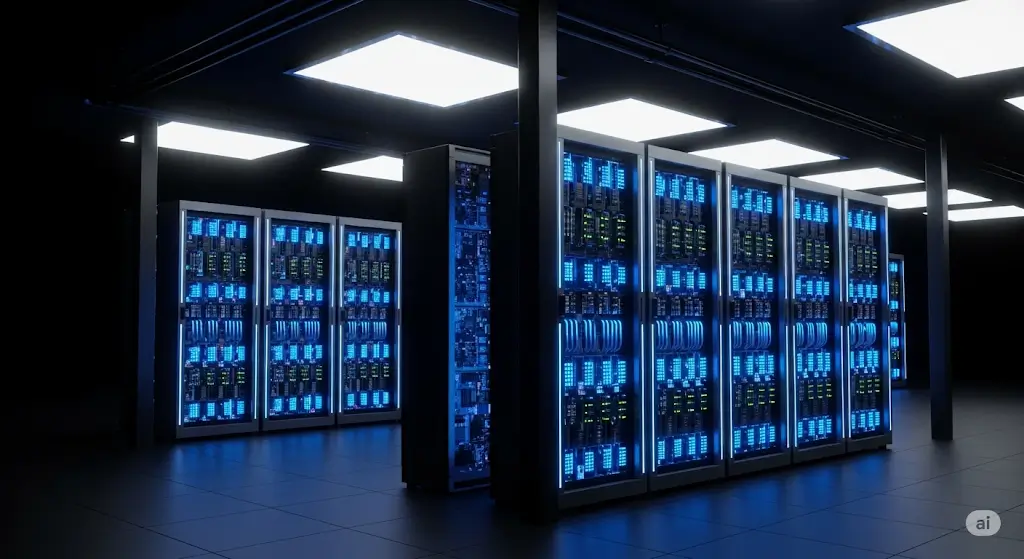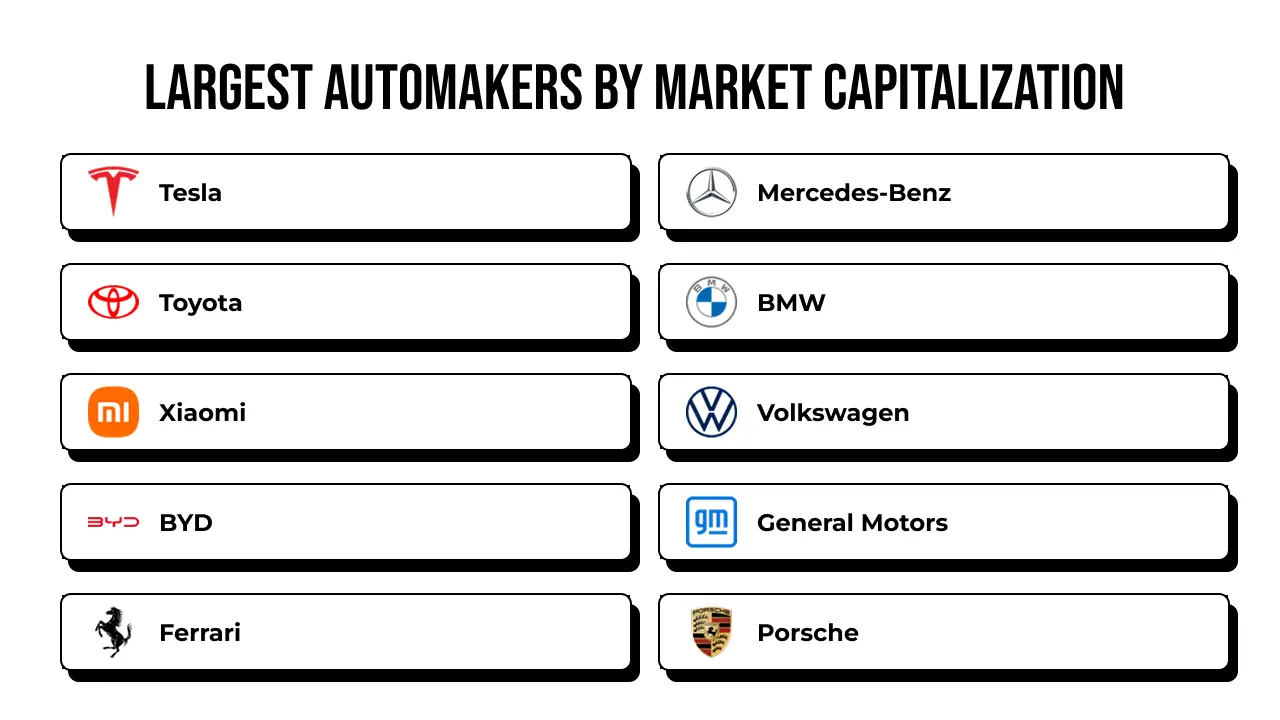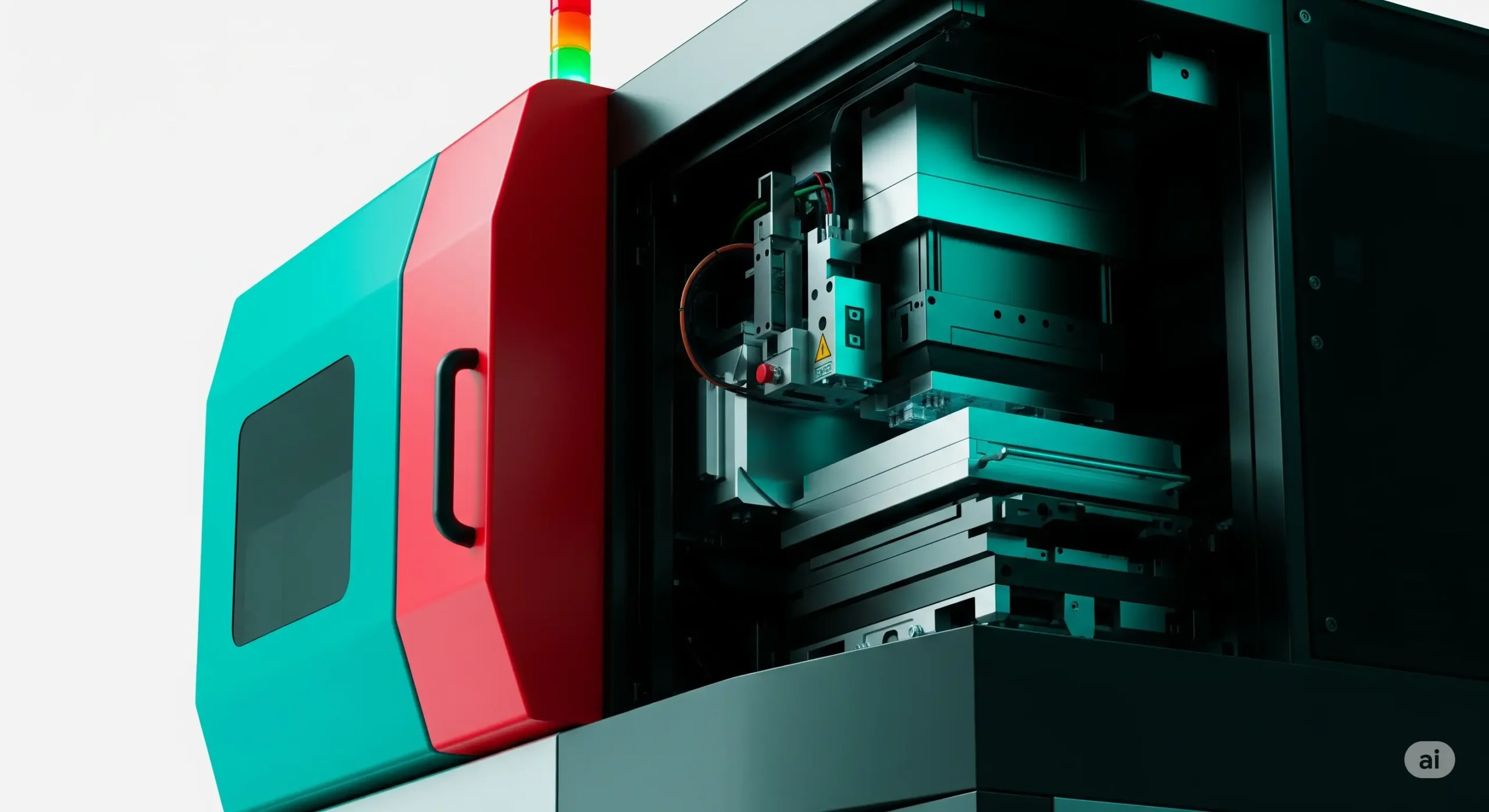I’ve been diving into the rapidly evolving world of the AI data center market, and the numbers are staggering. As of 2024, the global market is valued at approximately $400 billion, with projections estimating it will soar to $1.2 trillion by 2030, driven by a compound annual growth rate (CAGR) of around 20%. This explosive growth is fueled by the increasing demand for artificial intelligence workloads, which require immense computational power and specialized infrastructure. The surge in cloud computing, big data analytics, and machine learning applications is pushing organizations to invest heavily in data centers optimized for AI. My research shows that enterprises are prioritizing scalable, energy-efficient solutions to handle the massive datasets and complex algorithms that define modern AI systems. The market’s trajectory reflects the critical role AI data centers play in enabling technologies like generative AI, autonomous systems, and real-time analytics, which are transforming industries worldwide.
Looking at the market’s segments, I found that the AI data center market is divided into hardware, software, and services, with hardware holding the largest share. Hardware, encompassing high-performance GPUs, TPUs, and specialized AI chips, accounts for roughly 50% of the market due to the need for robust computing power to process AI workloads. Software, including AI platforms and management tools, is growing steadily as companies seek to optimize data center operations. Services, such as consulting and maintenance, are also expanding but trail behind hardware in market share. The dominance of hardware stems from the escalating demand for GPUs and custom silicon, which are essential for training and deploying large-scale AI models. As I explored this, it became clear that hardware’s critical role in enabling high-speed computations gives it an edge, though software and services are catching up as AI ecosystems mature.
When it comes to the key players, I noticed a competitive landscape dominated by a mix of tech giants and specialized firms. Leading the pack are NVIDIA, Intel, and AMD, which excel in providing AI-optimized hardware like GPUs and ASICs. NVIDIA stands out as the top player, commanding a significant share due to its advanced GPU architectures tailored for AI workloads. On the infrastructure side, companies like Dell Technologies and Hewlett Packard Enterprise are pivotal in delivering scalable data center solutions. Cloud providers such as Amazon Web Services, Microsoft Azure, and Google Cloud also play a massive role, integrating AI capabilities into their data center offerings. My analysis suggests that NVIDIA’s dominance is driven by its early mover advantage in AI hardware, while cloud giants are rapidly expanding their footprint by offering AI-as-a-service solutions.
Geographically, I observed that the AI data center market is concentrated in a few key regions. The United States leads with the largest market share, driven by its robust tech ecosystem, massive investments in AI research, and presence of major players like NVIDIA and AWS. China follows closely, propelled by government-backed AI initiatives and rapid data center expansion. Europe, particularly countries like Germany and the UK, is also a significant player, with a focus on sustainable data centers. Other notable markets include Japan and Singapore, which are investing heavily in AI infrastructure to support their digital economies. The U.S. maintains its lead due to its innovation-driven environment and massive cloud infrastructure investments.
The latest innovations in the AI data center market are truly exciting. One standout trend is the rise of liquid cooling technologies, which address the immense heat generated by AI workloads, improving energy efficiency. Another game-changer is the adoption of modular data centers, which allow for rapid deployment and scalability. I also noticed a growing emphasis on sustainable data centers, with companies integrating renewable energy sources to reduce carbon footprints. Edge computing is another trend, enabling AI processing closer to data sources for faster response times. These innovations reflect the industry’s push toward efficiency, scalability, and sustainability, ensuring that AI data centers can keep pace with the relentless growth of AI applications.












